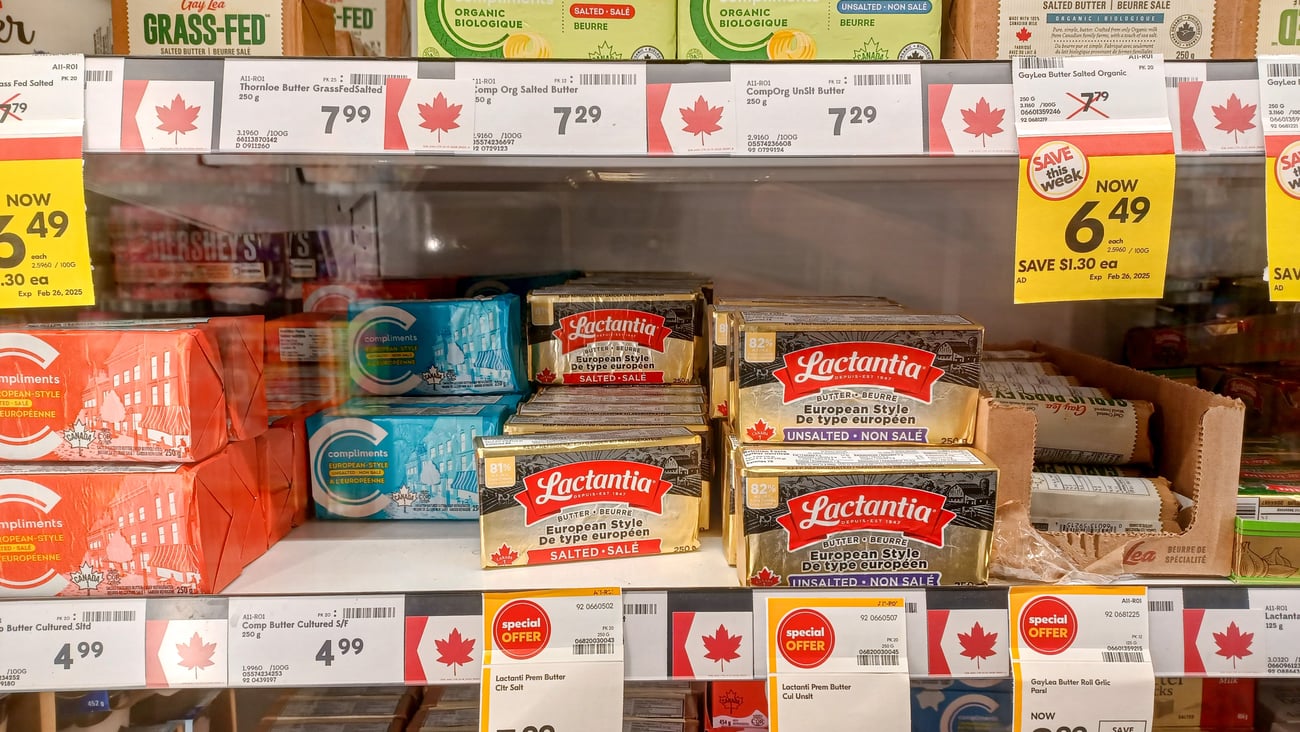Riding the wave of convenience
When Amazon purchased Whole Foods, a collective shudder could be felt from grocers across North America. The online behemoth was making its intentions known by entering the grocery space. While the acquisition received a great deal of media attention at the time, the greater disruption may end up being the launch of its Amazon Go concept store in Seattle at the beginning of 2018.
Amazon Go’s cashierless model showcases a revolutionary shopping experience. No need to wait in line to pay; shoppers can grab what they want from the shelf and just walk out. The purchase is recorded on the Amazon Go app by syncing with sensors located throughout the store. Those who have shopped there have reported that it’s so seamless it feels as though they are shoplifting. Amazon is reported to have plans to expand Amazon Go’s presence, scaling up the number of locations to 3,000 by 2021.
Amazon Go’s arrival is a reflection of broader market forces that will increasingly impact the grocery space as the expectation for easier and more curated in-store experiences grow. As Netflix changed the media landscape making traditional television seem increasingly like a relic, grocers need to be wary of experiencing a similar fate.
The integration of technology with the shopping experience proves particularly important to Generation Z. Representing the emerging shopper base, consumer feedback collected for Mintel’s recently published Grocery Retailing in Canada report shows young adults are more likely to cite interest in a shopping experience that is quicker and easier. Furthermore, technology is shown to play a particularly important role in achieving these outcomes for younger consumers according to earlier Mintel reports.
An added benefit of greater integration of personal technology can be found in either reducing labour costs or by reallocating labour to more value-added functions within the store. This can include giving shoppers more personalized attention when they have questions or staffing-up in other departments to provide more fresh, prepared items—an area where grocers often realize higher margins on a per-purchase basis.
U.S. grocery chain Albertsons’ recent agreement with Microsoft to leverage its cloud-based expertise shows that the race is on to create more technologically-integrated, in-store shopping experiences. In the Albertsons example, the grocer has been testing “Amazon Go-like” technology providing cashier-free shopping. The partnership with Microsoft could provide critical expertise in scaling up such technology. Other retailers, such as Walmart here in Canada and Marks & Spencer in the United Kingdom, are also investing using scan-and-go technology that allows consumers to make purchases in under a minute.
So, what’s next? While difficult to predict, it may involve the grocery store becoming more mobile. U.S.-based startup Robomart plans to bring groceries, baked goods and prepared foods to the customer’s door via self-driving vehicles. This envisions a future where the phone is at the centre of more streamlined shopping experience, both in and out of the grocery store.
Despite online shopping’s rise, brick and mortar grocery stores aren’t going away. That said, a growing reliance on personal technology means grocers will need to invest in evolving the tools they offer to provide shoppers with a more convenient, informed experience.




